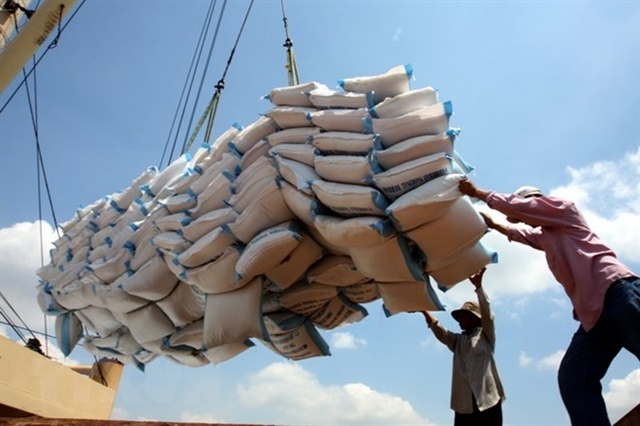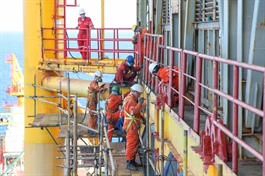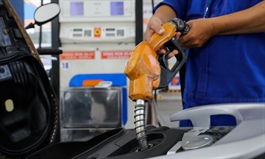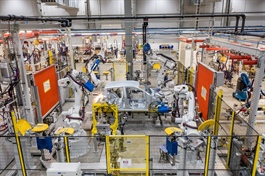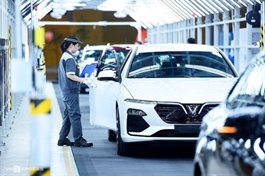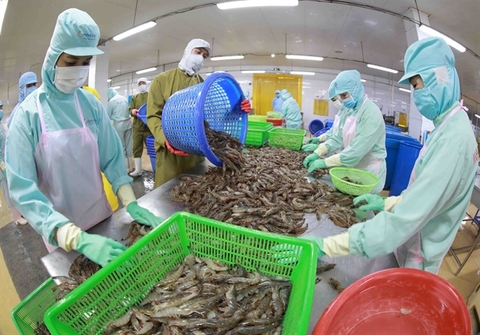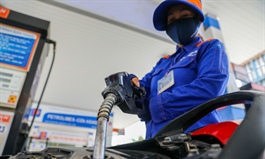Nordic market needs wakeup call on Vietnamese coffee
Nordic market needs wakeup call on Vietnamese coffee
Vietnam is one of the world’s leading coffee exporters, but is absent from the Nordic market, which has the highest per capita coffee consumption rate in the world. The EU-Vietnam Free Trade Agreement (EVFTA) offers opportunities for Vietnam’s coffee exports to this market that are entitled to zero tariffs.
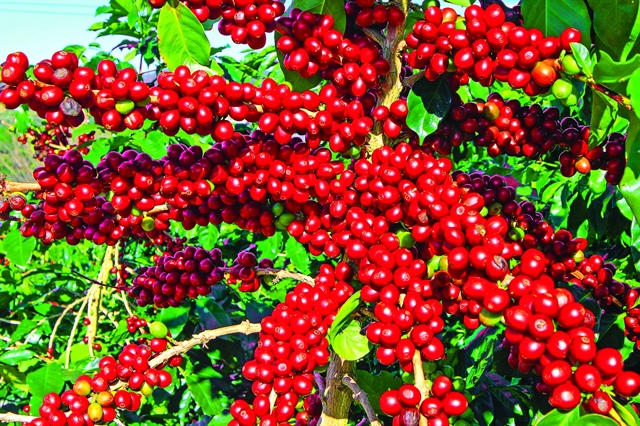
Vietnam is the world’s second largest coffee producer |
Specialty coffees
In early October, the Vietnam Trade Office in Sweden attended a coffee festival organized by the Swedish Specialty Coffee Association (SCA) to seek new customers. Vietnam’s Arabica coffee was introduced at the event and engaged the interest of Swedish consumers, opening up bright prospects for Vietnamese coffee exports to Sweden in particular and the Nordic countries in general.
The EVFTA effective since August 2020 offers opportunities for Vietnamese coffee exporters by zeroing out customs duties on Vietnam’s coffee, making it more competitive. The EVFTA also provides 39 Vietnamese products with EU recognition and protection of geographical indications (GIs), including Buon Ma Thuot coffee. In addition to traditional coffee, businesses should consider the development of specialty coffee brands in this market.
According to the Vietnam Trade Office in Sweden, specialty coffee thrives in the Nordic countries due to their high incomes and strong coffee culture. A growing demand for specialty coffee in the Nordic countries has opened the door for suppliers. However, in the specialty coffee market, a focus is paid more on quality, origin and sustainability.
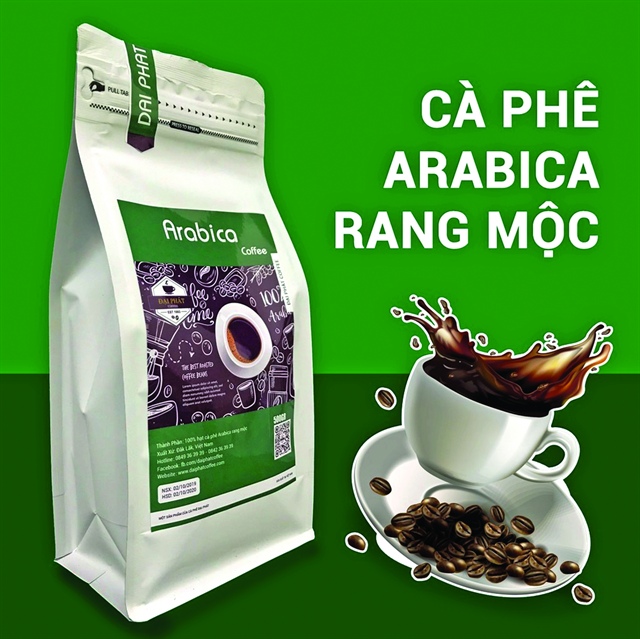
Vietnamese businesses need to develop brands and improve customer experience |
Potential and challenges
Asia and especially Vietnam is mainly known for its Robusta output. Robusta coffee accounts for about 95 percent of Vietnam’s coffee exports with large volumes of standard quality coffee, mostly targeted at the instant coffee market. Large coffee companies, such as Nestle, own factories in Vietnam that produce the Nescafe brand of instant coffee. Since the Nordic countries favor specialty coffee and their main imports are Arabica, the market share of Vietnamese brands has been limited.
The Vietnam Trade Office in Sweden has pointed out that sustainability is Vietnam’s major concern. Climate change poses a serious threat to the coffee industry. While the Nordic countries are paying attention to sustainable production, coffee grown in a sustainable manner accounts for only nine percent of Vietnam’s coffee export volume.
In order to fully tap the great potential, Vietnamese businesses need to comply with the mandatory regulations and meet the requirements. They also need to develop brands and improve customer experience.
Vietnamese businesses are advised to attend coffee trade fairs to seek buyers in line with their business philosophy and export capabilities in terms of quality, volume and certifications.
| According to the General Department of Vietnam Customs, Vietnam exported 1.08 million tonnes of coffee worth more than US$2 billion in the first eight months of 2021, a drop of 4.4 percent in volume and an increase of two percent in value compared to a year ago. The average export price of Vietnamese coffee reached US$2,012 per tonne in August, the highest level since November 2018. |



